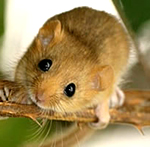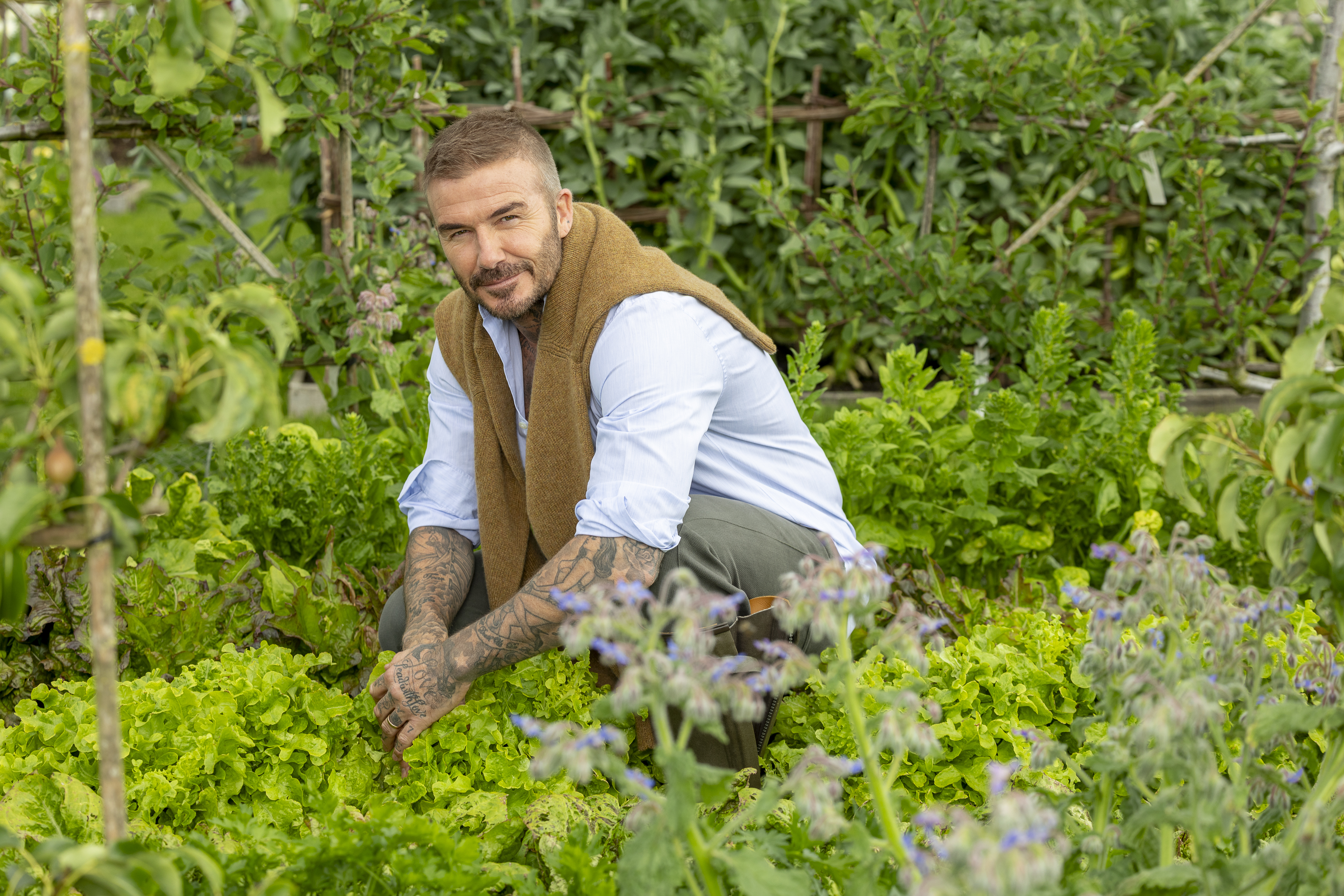Endangered dormice back from the brink
The endangered hazel dormouse is showing signs of a comeback thanks to specialist conservation work


A 21-year minitoring programme by hundreds of volunteers has been rewarded with tangible evidence that the endangered hazel dormouse (Muscardinus avellanarius) is showing signs of a comeback.
Data from the National Dormouse Monitoring Programme, organised by the People’s Trust for Endangered Species (PTES), shows that the decline in dormice had slowed to 9% between 2002 and 2008; when the project started in 1988, they were declining at a rate of 39% every year. Through the programme, which is funded by Natural England, there have been controlled releases of dormice, plus the provision of nesting boxes at about 200 sites there are 400 boxes in one wood on the Isle of Wight.
‘Although dormice are still a threatened species, the decline appears to be slowing down markedly,’ said PTES chief executive Jill Nelson. ‘It’s clearly too early to be totally confident about the animal’s long-term future, but we have reason to be optimistic that conservation efforts are repaying dividends.’
Despite these encouraging statistics, dormice are not home and dry. Loss of hedgerow habitat is the principal cause of dormouse decline, but they’re also vulnerable to climate changes, such as wetter springs and summers, and when warmer winters interrupt hibernation.
Dormice usually only breed once a year unlike other small mammals and a poor breeding year can have a drastic effect on population, hence the necessity for long-term monitoring. They currently number about 10,000 in the UK, compared to millions of fieldmice.
Exquisite houses, the beauty of Nature, and how to get the most from your life, straight to your inbox.
Country Life is unlike any other magazine: the only glossy weekly on the newsstand and the only magazine that has been guest-edited by His Majesty The King not once, but twice. It is a celebration of modern rural life and all its diverse joys and pleasures — that was first published in Queen Victoria's Diamond Jubilee year. Our eclectic mixture of witty and informative content — from the most up-to-date property news and commentary and a coveted glimpse inside some of the UK's best houses and gardens, to gardening, the arts and interior design, written by experts in their field — still cannot be found in print or online, anywhere else.
-
 Ashford Castle review: The fantastic five-star hotel in Ireland that the Guinness family once used to show off their wealth and influence
Ashford Castle review: The fantastic five-star hotel in Ireland that the Guinness family once used to show off their wealth and influenceYou’ve seen ‘The House of Guinness’ — well here’s the castle.
-
 The David Beckham edition of the Country Life Quiz of the Day, October 22, 2025
The David Beckham edition of the Country Life Quiz of the Day, October 22, 2025Icon of the football pitch, underwear adverts and the countryside — we celebrate our guest editor Sir David Beckham in today's quiz.
